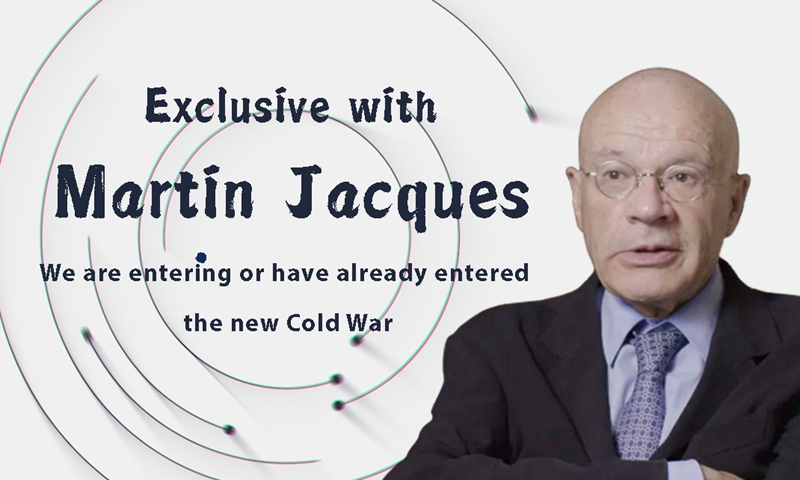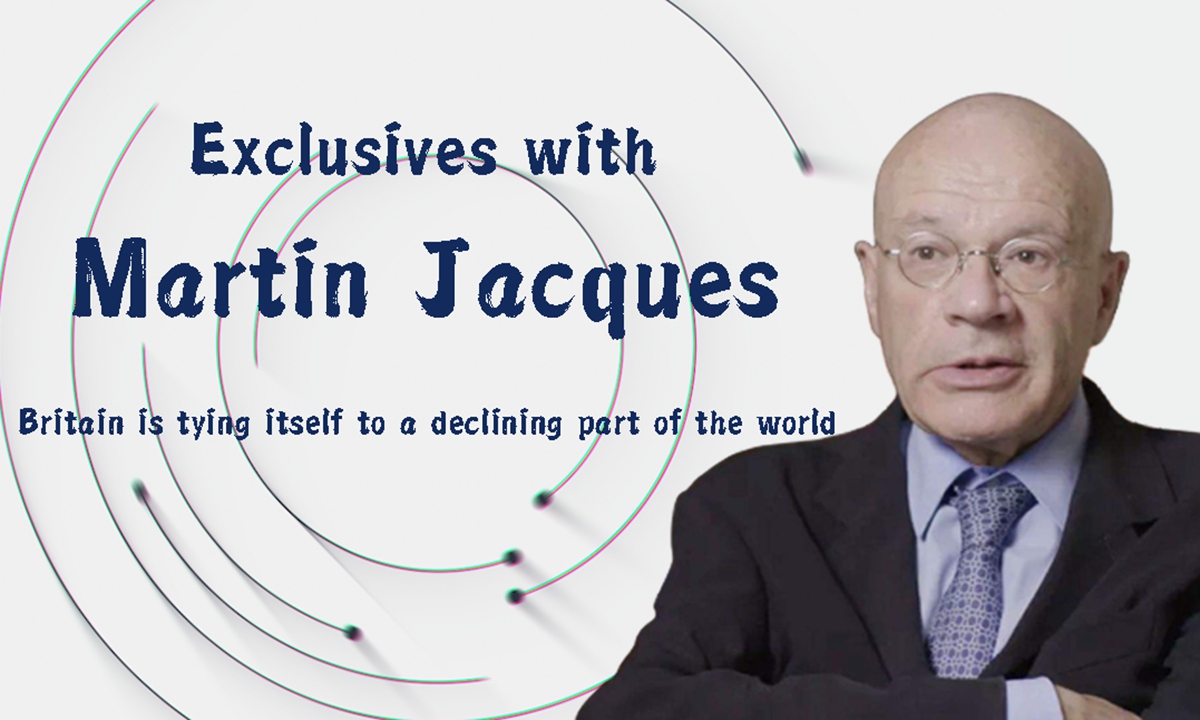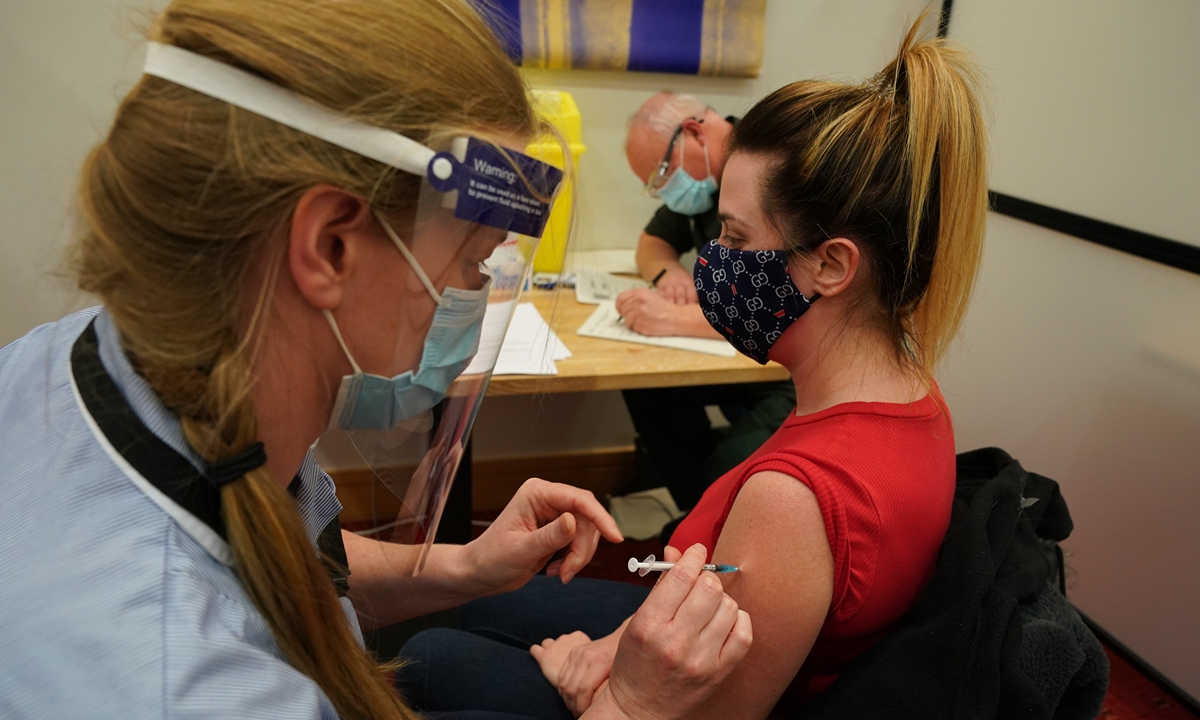What will happen to Europe? Will it continue with a broadly pro-American orientation, or will it pursue an increasingly independent position?
Either way, the consequences will be far-reaching. At the heart of the West lie the US and Europe. If Europe seeks a more autonomous role, then the West will be seriously weakened.
The end of the Cold War marked a major moment in US-Europe relations. Europe was no longer dependent on the US for its defense and ever since, slowly but remorselessly, a growing distance has opened up between them. This was accelerated by two key events ̶ the US invasion of Iraq, opposed by most Europeans, and the Donald Trump phenomenon, which most Europeans found beyond the pale.
President Joe Biden wants to mend the fences and return to something closer to the pre-Trump relationship. He may have some success because, unlike Trump, Biden will seek to befriend rather than castigate Europe. But there will be no simple return to the pre-Trump era: too much has happened, too much has changed.
A recent opinion poll by the European Council on Foreign Relations across 11 European countries reveals what can only be described as a sea-change in European attitudes in the post-Trump era. Six in 10 Europeans believe that the US political system is broken and that China will become a stronger power than the US in the next10 years. A majority now want their country to remain neutral in any conflict between the US and China.
A majority of Germans believe that, after voting for Trump in 2016, Americans can no longer be trusted; across Europe likewise more people agreed than disagreed with this statement. The survey grouped the respondents into four categories. The smallest, 9 percent of the total, believed that the EU was broken and the US would bounce back. A second group, around 20 percent of the total, believed that both the US and the EU would continue to thrive. A third group, 29 percent of the total, thought that both the US and the EU were broken and declining. A fourth group, 35 percent of the total, believed that the EU was healthy, but the US was broken. The latter two groups, almost two-thirds of the total, expected that the US would soon be displaced by China.
There has clearly been a profound shift in European attitudes consequent upon the decline of the West since the 2008 financial crisis, the Trump presidency and the rise of China. These, we must remind ourselves, are very recent developments which have happened with remarkable speed. Far from reinforcing the Atlantic alliance and the relationship with the US, their main impact on Europeans has been to weaken those bonds, elicit a growing acknowledgement that the world has changed profoundly and foster a belief that Europe needs to be more independent. Of course, these trends are still young and fluid. Many conflicting forces are at work with attitudes ebbing and flowing both within and between countries. Criticism of China has grown apace in the recent period in Europe, as it has in the US. But there is one fundamental difference. While the US is bent on defending its global primacy, Europe long ago abandoned any such pretensions, thereby greatly reducing the sources of friction and animosity between it and China in comparison with the US.
The survey reveals that by far the dominant trend is toward a more independent-minded Europe, a growing skepticism about the US and a sign of recognition that China will soon become the dominant power in the world. The European leader who most symbolizes this outlook, and has pioneered this way of thinking, is German Chancellor Angela Merkel. The recently agreed EU-China Comprehensive Agreement on Investment, very much in Merkel's image, is a powerful demonstration of the EU's willingness to pursue its own independent relationship with China rather than following the Americans.
The trend toward a growing distance between Europe and the US will be slow, tortuous, conflict-riddled, and painful. Europe has looked westward across the Atlantic ever since Christopher Columbus. It was European settlers who colonized Northeast America and subsequently established the US. The latter was a European creation which over time was to outperform its ancestral continent. If Europe colonized much of the world, the post-1945 world order was a Western creation, with the US the dominant partner and Europe very much a junior partner. In sum, an enormous historical, intellectual, political and cultural hinterland binds the US and Europe together. But we are now in new territory. American decline means that it has increasingly less to offer Europe.
The gravitational pull of China, and Asia more generally, is drawing Europe eastward. Nothing illustrates this phenomenon better than the China-proposed Belt and Road Initiative. Slowly but surely, bit by bit, Europe is becoming more and more involved ̶ first the countries of Central and Eastern Europe, then Portugal, Greece and Italy, and others over time will in all likelihood follow. What drew Europe westward is now drawing it eastward: the centre of gravity of the global economy, once in the west, is now in the east.
The author was until recently a Senior Fellow at the Department of Politics and International Studies at Cambridge University. He is a Visiting Professor at the Institute of Modern International Relations at Tsinghua University and a Senior Fellow at the China Institute, Fudan University. Follow him on twitter @martjacques. opinion@globaltimes.com.cn
Related:
How this US-China trade war will remake the world

Martin Jacques: China's rise to power





















